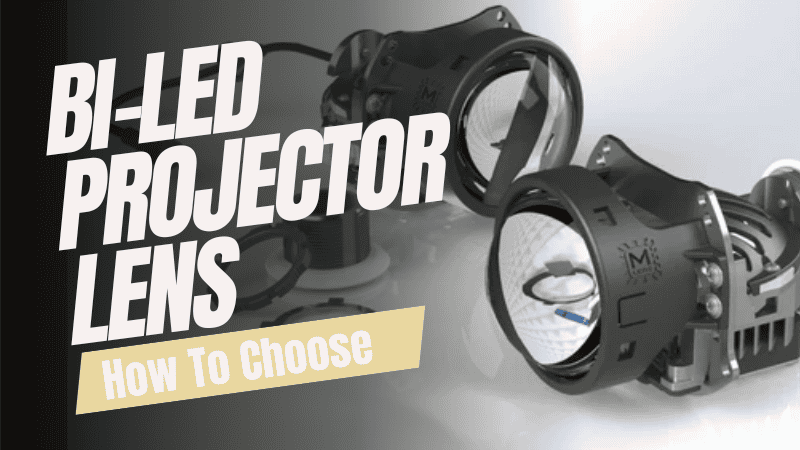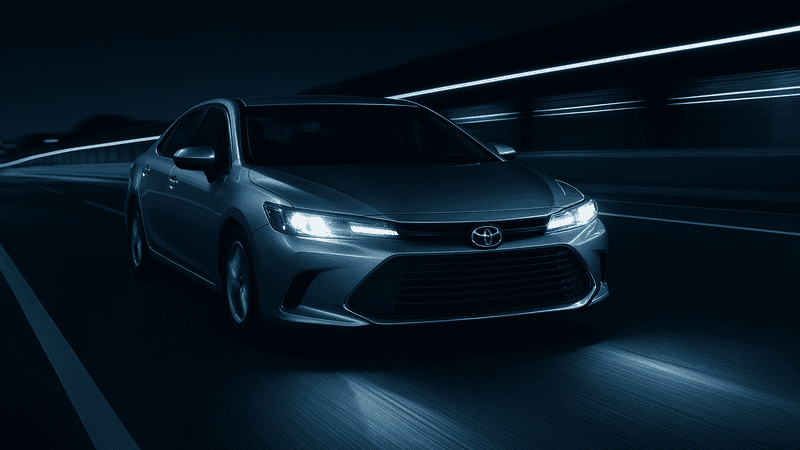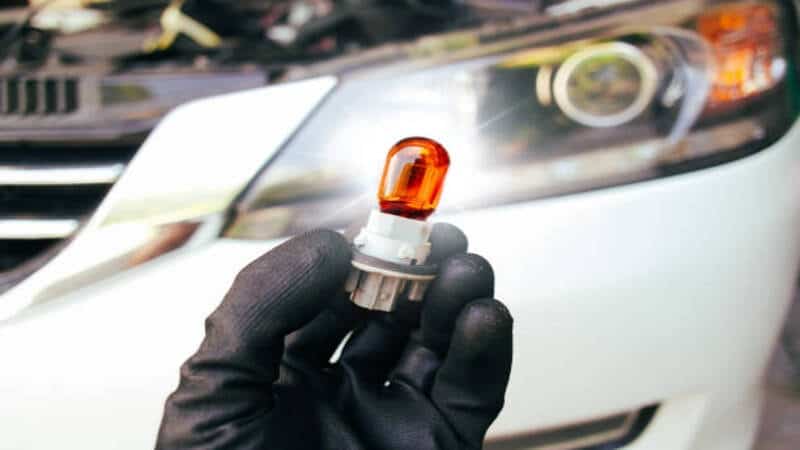The switch from halogen bulbs to LED isn’t always perfect. One of the main challenges is controlling the beam to limit glare to oncoming vehicles while putting out enough light. Many car owners have found Bi-LED projector lenses to be the solution to this.
Good Bi-LED projector headlights are bright and have clean cut-off lines. However, with so many bi-led products in the market today, how can you tell if you’re getting a good product?
We take a deep dive into Bi-LED projector lenses, explaining how the technology works and important features to look out for.
We also highlight factors to consider when choosing a Bi-LED projector lens and how to approach the selection process to get the best results.
Understanding Bi-LED Technology
Bi-LED technology is used in projector headlights to get both high and low-beam functions from the same light source.

Conventional Projectors Vs Bi-LED Projectors
In a projector headlight, the light from the bulb is reflected by an elliptical reflector onto a lens which focuses and distributes the light. A shutter is placed between the reflector and the lens to cut off part of the light beam.
By blocking off part of the beam, the shutter enables these headlines to achieve a cleaner cut-off line. As a result, the light beam is easier to aim to prevent it from blinding other drivers.
The main difference between Bi-LED projector headlights and regular projector headlights is that in a Bi-LED lens, the shutter can be moved up and down.
When the shutter is up, it blocks part of the light, producing the low beam pattern. When it is down, no part of the light is obstructed, and the headlight produces the high beam instead.
Without Bi-LED technology, a vehicle requires separate light sources for the high and low beams.
Advantages of Bi-LED Projector Lenses
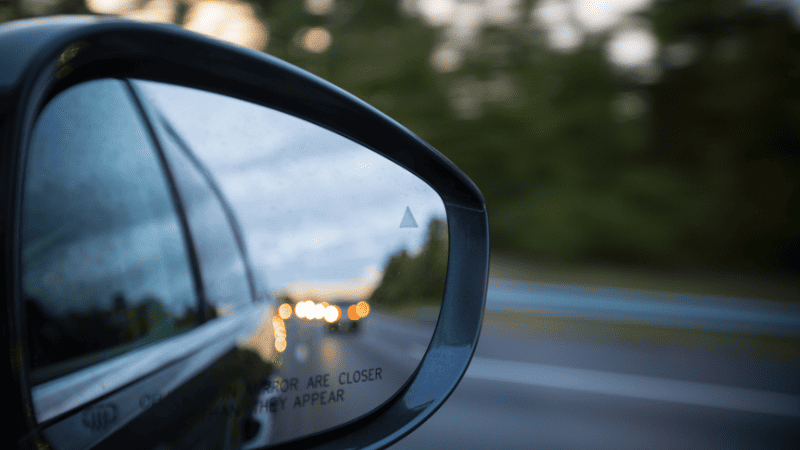
Compared to other types of car headlights, Bi-LED technology has many advantages, including:
- Higher energy efficiency: Bi-LED technology is more energy efficient than halogen and xenon projector headlights. This is thanks to the inherent efficiency of LED technology.
- Compact size: Using Bi-LED projector lenses means each headlight produces high and low beams. The headlight housing can be smaller because there is no need for a separate headlight system for high beams. Additionally, projector lenses are typically more compact than reflector headlights.
- Better visibility: Projector lenses produce a more uniform beam pattern compared to reflectors. The light quality is also consistent since both high and low beams use the same light source. This improves visibility at night.
- Less glare: The clean cut-off line means the headlights can be properly aimed below the eye line of oncoming drivers. This is good for road safety.
- Aesthetics: Many drivers believe that projector headlights look more modern and improve the aesthetics of their vehicles.
Key Features of Bi-LED Projector Lenses

There are different designs of Bi-LED projector lenses, but certain features are always expected from these headlights. These include:
- Light intensity: Bi-LED projector lenses have LED chips built into the projector. Additionally, the lens intensifies the light from the LED chips before it is cast onto the road. This gives the light beams a consistent intensity even toward the edges.
- Beam pattern and light distribution: The beam pattern from Bi-LED projector lenses features a distinct cut-off line. This is because the light is shaped by obstructing the light before it hits the lens. This also means the light distribution in front of the vehicle can be tightly controlled.
- Durability: Compared to Bi-Xenon and Bi-Halogen lenses, a Bi-LED lens lasts many more hours. This is thanks to the durability of the LED technology used in these automotive headlights.
Factors to Consider When Choosing a Bi-LED Projector Lens
During the process of choosing Bi-LED projector lenses, you’ll find yourself bombarded with options that won’t always make sense. Some of these options are explained below.
1. Size
Bi-LED projector lenses come in different sizes indicated in inches. Common options include the 3-inch, 2.5-inch, and 1.8-inch.
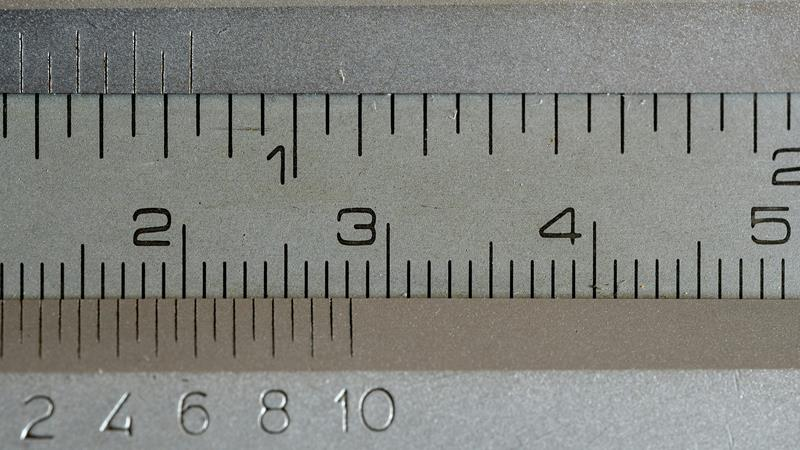
The bigger projector lenses will easily fit in cars with large headlights. However, you can still install a smaller bi-led lens if you add a large shroud.
Small projector lenses may be the only option for a car with small headlights. However, some will handle a larger lens with a little bit of retrofitting.
2. Type of Reflector Bowl
Bi-LED projector lenses can have either metal or plastic reflector bowls. The reflector bowl material was once a major concern because it could become damaged by the heat produced by the bulb.
The quality of plastic reflector bowls has improved with more heat-resistant material being used. A typical LED bulb also produces a lot less heat than a halogen or HID bulb.
3. Wattage
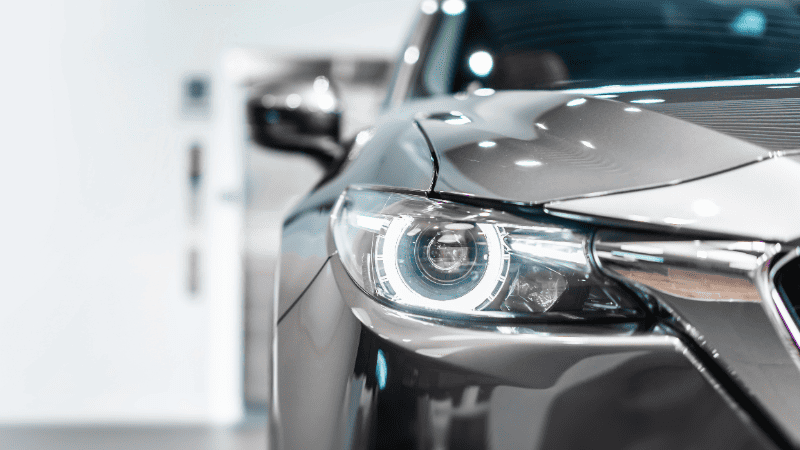
Projector headlights have different power requirements. Some are rated at 45 watts while others are rated as high as 140 watts.
Usually, the higher the wattage, the brighter the bulb should be, but this isn’t always the case. High wattage results in more heat, which can shorten the lifespan of the headlight and make the LEDs less bright.
Additionally, the brightest LEDs can be hampered by low-quality lenses.
4. Lumens Vs Lux
Manufacturers can use lumen or lux to describe how much light their headlights produce. Lumen is a measure of the light output at the source, i.e., the LED, while Lux is a measure of how much light is cast onto a surface from the source.
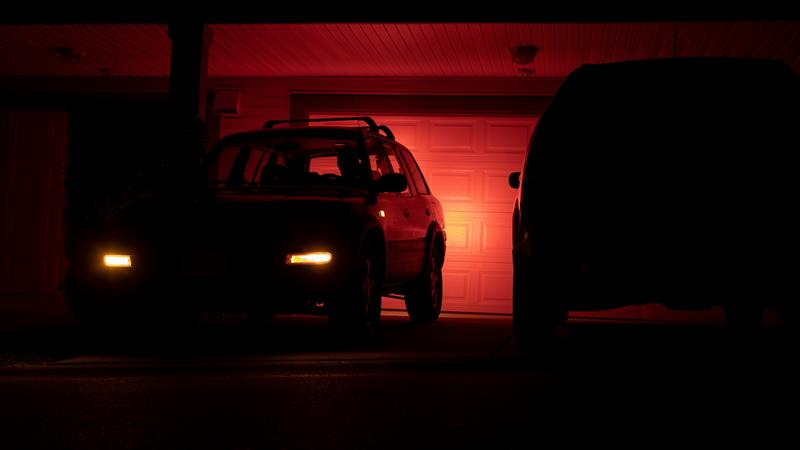
Lux is an important parameter because it factors distance and other factors that can limit how much light will be cast onto the road.
5. Depth and Width
Depth is a measure of how far ahead the light from the headlight will be projected and width is a measure of how well the headlight illuminates the sides of the road. Both of these are important, especially when the sides of the road are not well-lit, e.g., country roads.
6. Compatibility and Ease of Installation
Bi-LED projector lenses can come with different bases and other features that make the installation easy or challenging.
Installing some projector lenses will require cutting and the use of special brackets, depending on the features of the original headlights.
For easy installation, try and find Bi-LED projector lenses that are made for your vehicle type. Unfortunately, this isn’t always an option.
7. Quality and Price
Last, but not least, it’s important to consider the quality and price of the Bi-LED projector lenses before making a purchase. A high price doesn’t always mean great quality, but don’t go looking for the cheapest products either.

Better indicators of product quality include the manufacturer’s reputation and the length of the warranty period.
Selecting the Best Bi-LED Projector Lens
When the time comes to get Bi-LED projector lenses the process below can help you get the most value for your money.
1. Understand Your Needs
Drivers have different needs when they go for a headlight upgrade. Some just want a simple solution that offers decent visibility while others want specific brightness levels, color temperatures, and aesthetics.
It’s also important to consider your budget and how much you’re willing to spend on your new lights.
2. Research and Compare Different Options
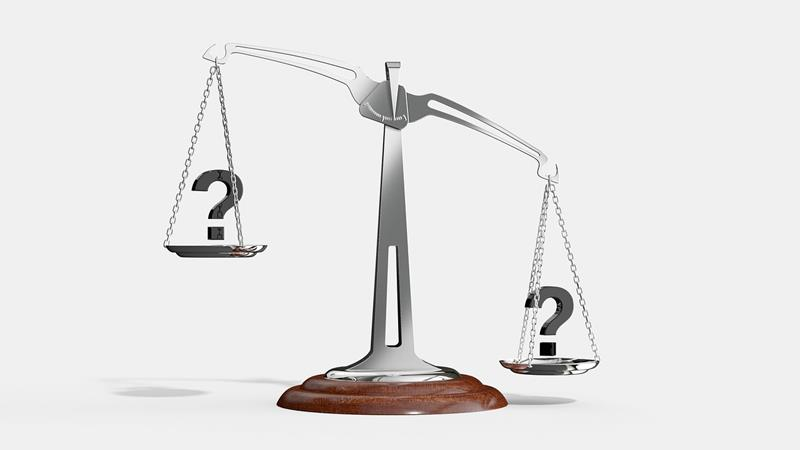
There are many Bi-LED projector lenses on the market today from different manufacturers. They also have different features, and some may not perfectly meet your needs. Take time to identify the product that will get you as close as possible to the results you want.
It’s also a good idea to read reviews and testimonials left by past buyers. These don’t always paint an accurate picture, but you can still get useful information from some reviews.
3. Consult with Experts
When upgrading automotive lighting, you should always seek advice from experienced automotive lighting professionals.
It’s easy to be misled by the technical specifications of a product, and if all this is new, you may not be aware of the reputation of some manufacturers’ products.

Automotive lighting enthusiast communities are great places to learn more about any product you’re considering or a particular manufacturer. You can also get good recommendations for Bi-LED projector lenses for your car.
Conclusion
Bi-LED projector lenses are a convenient way of getting better high and low beams. These headlights use only one light source but can illuminate the road better than many conventional headlights. They also cause less glare when you drive at night.
There are many factors to consider when choosing between different Bi-LED projectors, but some don’t matter as much as some manufacturers would like you to believe.
Lastly, it never hurts to talk to an expert so you can make a confident choice when buying Bi-LED projector lenses.
Enjoy a 5-Year Warranty On Bi-LED Projector Headlights from Carlightvision
A major selling point of LED headlights is their long lifespan. At Carlightvision, we make sure our clients enjoy every bit of that long life.
A 5-year warranty backs our Bi-LED projector headlights and comes with high-definition lenses for even more brightness. Check out our range of Bi-LED projector lenses on our website and contact us to find out about our OEM/ODM services.
